Cards Against Humanity is more than just a game to me — it led to an epiphany that shaped the way my company developed its product story around content personalization.
If you think about it, playing Cards Against Humanity and personalizing content are surprisingly similar actions. Both require you to know your audience members, understand what resonates with them, and deliver a relevant message. Both also build over time: a message that works at the start might need to evolve to remain relevant. In Cards Against Humanity, the person who delivers the most engaging experience over multiple rounds wins. In business, the company that consistently engages its audience succeeds.
Before I reframed my thinking, our company struggled to communicate what personalization meant in our industry. References to personalization almost always referred to either ecommerce or conversion rate optimization, and everyone wanted to talk about the greatness of Amazon and Netflix. While CRO might be relevant to our customers, ecommerce rarely is, so the B2C construct didn’t hold water for us. We found ourselves explaining what our product wasn’t more than what it was — a content-driven experience that liberates brands from the confines of one-size-fits-all information architecture.
With a little inspiration from Cards Against Humanity, we were able to tell a content personalization story that people easily understood. Read on to find out how we did this, and how your brand can use an analogy to tell your product story effectively, as well.
An Effortless Approach to Product Story
Cards Against Humanity became more than an inspiration for us; it became a metaphor for our product story. With a simple analogy, we turned convoluted explanations about what we do into something people could immediately grasp.
Conversations that were once frustrating became absurdly easy: “Ever play Cards Against Humanity? You know how you have to learn what people respond to if you want them to pick your card? That’s what we do for your website — make it relevant to different audiences by personalizing the experience.”
People immediately understood our company and were eager to learn more. Sales pitches that once took several minutes were reduced to one effective sentence. When we advertised at conferences, people flocked to our booth to play our customized expansion deck of Cards Against Humanity (appropriately named Marketers Avoid Calamity). Industry influencers gave us shout-outs on social media. Most importantly, this new approach landed us one of our biggest clients, a Fortune 500 software company.
Our association with the game was all about disrupting perceptions of personalization. To dispel personalization’s longstanding association with ecommerce, we needed a way to tell our story with brevity and clarity. Cards Against Humanity allowed us to use something familiar and fun to clarify what we mean by personalization.
The ironic beauty of Cards Against Humanity is that it is not all that personal. Every deck of cards is exactly the same. It’s the unique combinations of cards, and the personalized uses of those cards among players, that makes the difference.
Brands cannot change to fit the needs of every consumer, but they can adapt their story to appeal to people in different ways.
How to Develop Your Own Product Story
My company’s experience with Cards Against Humanity is special to us, but it’s not the only way to tell a simple, effective product story. Other brands can do the same by following a few basic steps.
One great way to tell a product story is to tap into the power of analogy. We used a simple card game to explain our complex business, and people immediately understood what we meant. Many brands try to use analogies for this purpose, but their attempts don’t always hold up. The key is to identify something familiar and easily understood, which allows your audience to easily connect the dots between your example and your business.
In his book, “Winning the Story Wars,” Jonah Sachs identifies three story elements that capture audience attention: freaks, cheats, and familiars. In our case, we leveraged familiars by using an analogy that helped our audience arrive at the intended understanding on their own.
Pick something that works for your brand, and then find ways to make it your own. Infuse your brand’s personality into the analogy. Our third-party Cards Against Humanity expansion pack highlighted our sense of humor while maintaining a high level of relevance for our audience of content marketers and strategists.
That relevance will determine whether your analogy succeeds or flops. According to Content Science, audiences that perceive content as relevant are eight times more likely to feel they accomplished a goal than users who do not perceive relevance. Having clear goals and the path to meet them is a surefire way to create flow in the digital experience.
Throughout this process, focus on the experience. We were able to leverage the tactile, interactive elements of a card game, which felt completely different than a digital experience. That approach worked for us, but feel free to lean on virtual reality or whatever experience works best for your brand.
Whatever analogy avenue you choose, make it easy for audience members to engage with the experience. Gallup reports that only 20 percent of B2B customers are fully engaged, but those customers provide 23% more value than their disengaged peers.
Cards Against Humanity provided us with both the inspiration and the vessel to create a personalized message that captured our audience’s attention. As Brian Clark said, “The right analogy, at the right time, told the right way, may be exactly what they need to do business with you.”
For us, the right analogy for B2B website personalization was a rowdy party game. Inspiration can come from the strangest places — what unexpected analogy can help you tell your story?
Sean Schroeder is CCO of blueriver and co-founder of the Mura Digital Experience Platform. He’s currently consumed with creating content-driven experiences that spark meaningful, relevant connections.

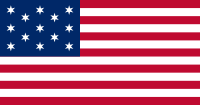


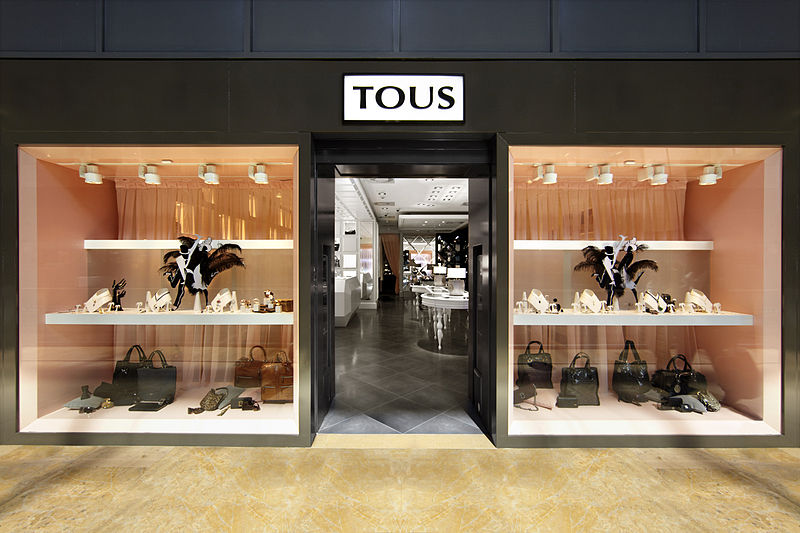
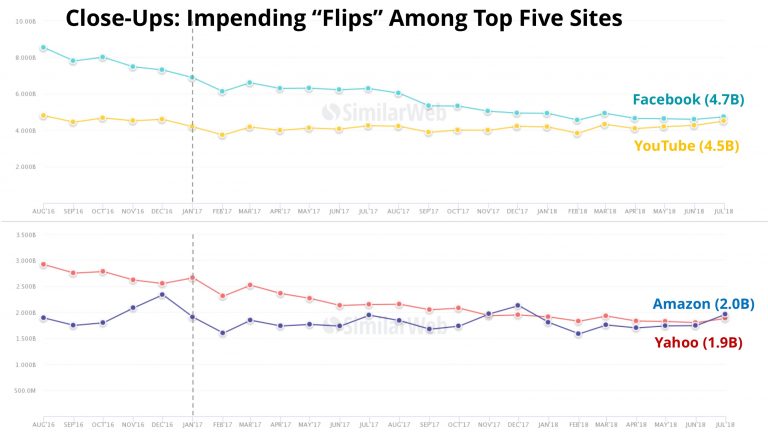
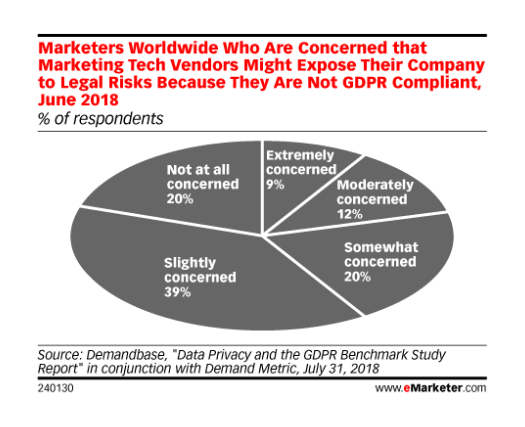
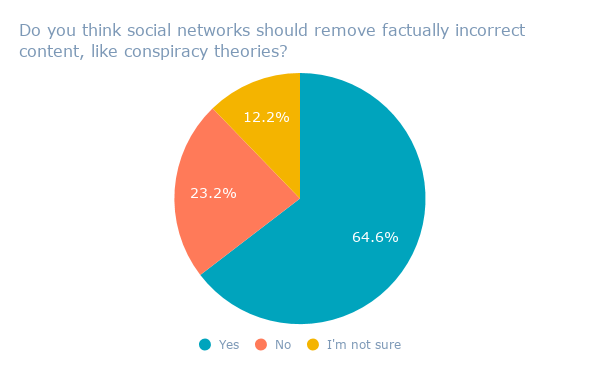

Deje su comentario